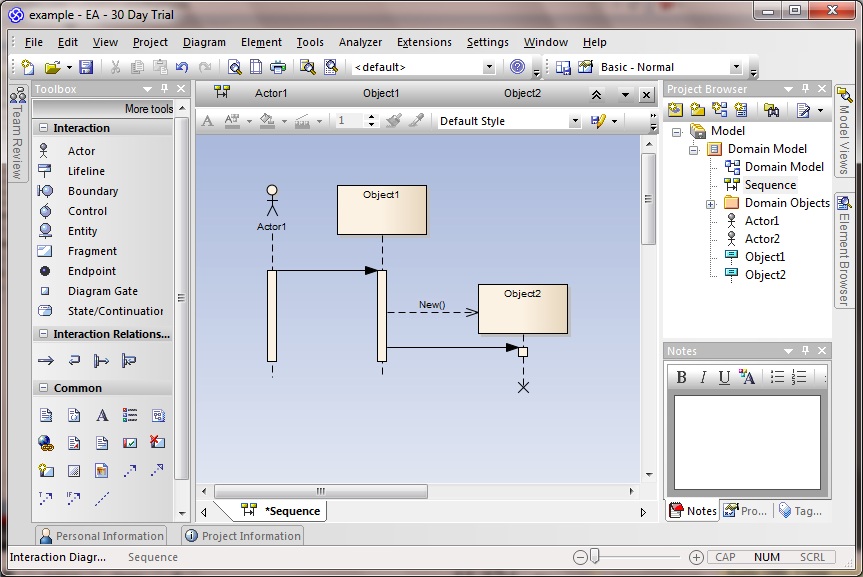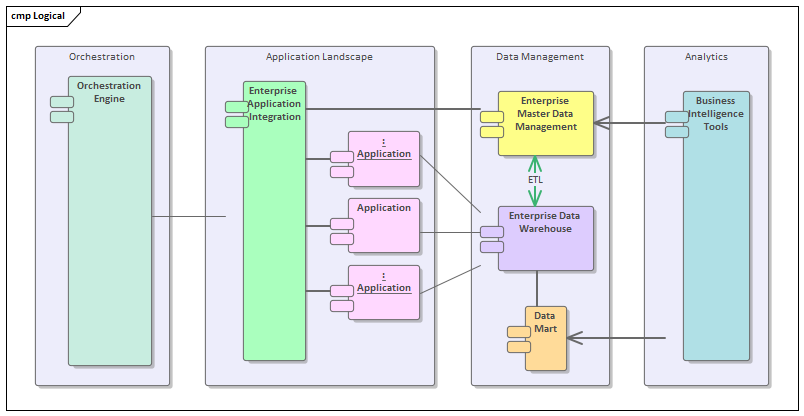

TOGAF Architecture Development Method What do its elements represent? In the center of the process you can find Requirements Management – the stage reflecting the ongoing process of aligning changes and requirements of each phase. The TOGAF’s established method for rapidly developing an architecture ( Architecture Development Method or ADM) is a step-by-step process that describes ten phases arranged in a cycle. The tool has a common vocabulary and is meant to support all levels of architecture for enterprises both large and small.

TOGAF development traces back to 1995 and its current version 9.1 embodies all improvements implemented during this time. The Open Group Architecture Framework or TOGAF has been developed by more than 300 enterprise architects from leading companies including Dell, Cognizant, and Microsoft. TOGAF – a Standard Framework for Continuous Architecture Development Read on to learn how you can apply them for your organization. Now, we’ll dive deeper into functionalities and use opportunities for each framework. Let’s quickly compare the most popular frameworks. To manage this complexity, enterprise architects use standardized methodologies or frameworks that help them document a system’s behaviors in a commonly recognized way.

We’ve already discussed the role of enterprise architects in business and now we’ll highlight the tools and approaches they put to work in planning and visualizing the transformation.Įnterprise architecture considers organizations complex systems. Their broad range of skills along with their ability to find a common language with both stakeholders and IT experts allow them to guide a company to its desired state. The people responsible for this seamless transition are enterprise architects. Just like any transformative change, modernization requires a holistic and systematized approach, a groundwork for every stage of this gradual process.Įnterprise architecture is the roadmap – the practice that encompasses the assessment, planning, and designing of your business’s use of technology to achieve its goals. If you can’t see how different systems within your company – both business and technological – work together to reach your goal, don’t be surprised when IT projects don’t deliver their sought-after value.


 0 kommentar(er)
0 kommentar(er)
